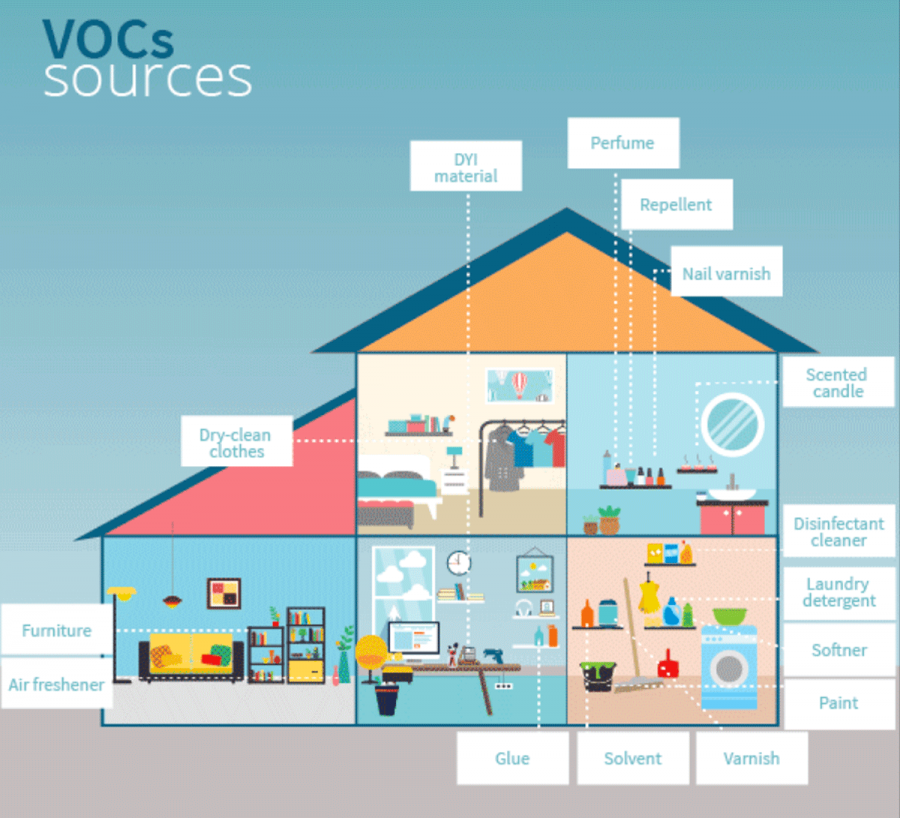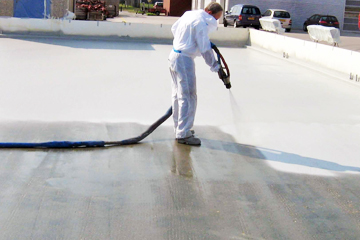Health and environmental safety criteria for paint
When choosing paint for indoor use, it's important to consider the potential health risks associated with volatile organic compounds (VOCs) and other toxic chemicals that may be present in the paint. Here are some criteria to keep in mind when choosing a paint that is safe for health:
VOC content
Look for paints labeled "low VOC" or "no VOC." These paints contain fewer harmful chemicals that can negatively impact indoor air quality and pose health risks to indoor users.
Certify
Look for paints that have been certified by third-party organizations such as Green Seal, UL Environment, or the Environmental Protection Agency's (EPA) Safer Choice Program. These certifications ensure that the paint has been tested for hazardous chemicals and meets specific safety standards.
Ingredient
Avoid paints that contain ingredients like lead, mercury, and formaldehyde that can be harmful to your health.
Smell
Look for paints that are low or odorless. A strong odor can be a sign of high VOC levels, which can cause headaches, dizziness, and other health problems.
By considering these criteria, you can choose a paint that is safe for health and reduces the impact on the environment.
Other news
- The effect of UV rays on exterior paint
- What you need to know about paint primers
- VOCs in the Chemical and Paint Industry
- What is Nano and Application in the Paint Industry
- Wall paint peeling: Causes and overcomes
- Waterproofing and waterproofing measures for the house
- Waterproofing materials, use and functions of various types of waterproofing materials
- Guide to choosing the right interior paint products from Koro Paints for your décor
- How to choose the Paint for sea weather?
- What is interior primer? Criteria to choose the best primer
















